Introduction to Trippy Art
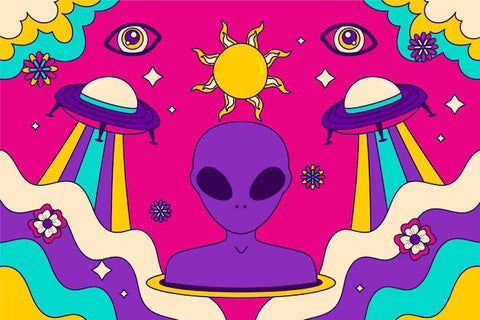
Trippy art has captivated audiences with its mind-bending visuals and surreal creativity. It takes us on a journey into a world where reality and imagination intertwine, challenging our perceptions and expanding our minds. This article will delve into the origins of trippy art, explore its key characteristics, and showcase the impact it has had on popular culture.
The Origins of Trippy Art

Trippy art has its roots in the psychedelic art movement of the 1960s. Inspired by the mind-altering effects of hallucinogenic substances such as LSD, artists sought to depict the vivid and often bizarre experiences they encountered during their trips. These artists aimed to break free from traditional artistic conventions and explore the far reaches of their subconscious minds.
Key Characteristics of Trippy Art
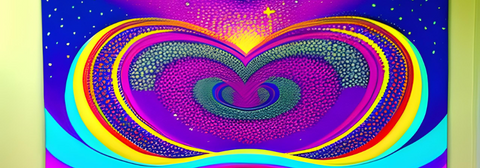
Trippy art is characterized by its vibrant colors, distorted perspectives, and surreal imagery. It often features intricate patterns, organic shapes, and hallucinatory visuals that seem to ripple and pulsate. The use of bold, contrasting colors enhances the psychedelic experience, creating a sense of otherworldliness and transcendence.
Exploring the Psychedelic Art Movement of the 1960s
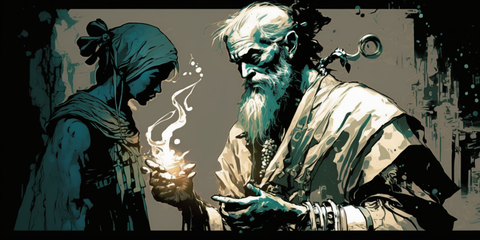
The psychedelic art movement of the 1960s was a cultural revolution that embraced the exploration of altered states of consciousness. Artists such as Alex Grey, Robert Venosa, and Mati Klarwein emerged as pioneers of this movement, creating visionary artworks that embodied the psychedelic experience. Their paintings and illustrations depicted mystical realms, celestial beings, and intricate mandalas, inviting viewers to embark on a spiritual journey.
Famous Trippy Artists and Their Contributions
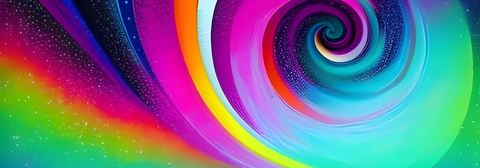
Several artists have made significant contributions to the world of trippy art. Salvador Dalí, with his surrealistic masterpieces, pushed the boundaries of reality and challenged the viewer's perception of the world. The works of H.R. Giger, known for his dark and biomechanical creations, have left an indelible mark on the genre. Additionally, the psychedelic art of Rick Griffin and Stanley Mouse became synonymous with the counterculture movement of the 1960s.
Different Mediums Used in Trippy Art

Trippy art is not confined to any particular medium. Artists have explored various forms of expression, including painting, drawing, sculpture, digital art, and even multimedia installations. The medium chosen often enhances the psychedelic experience, with vibrant colors and intricate details coming to life in different ways.
The Impact of Trippy Art on Popular Culture

Trippy art has had a profound impact on popular culture. Its influence can be seen in album covers, concert posters, and music videos, particularly in the realm of psychedelic rock. Bands like Pink Floyd and The Beatles embraced trippy visuals, creating iconic album covers such as "Dark Side of the Moon" and "Sgt. Pepper's Lonely Hearts Club Band." Trippy art has also found its way into movies, fashion, and even interior design, captivating audiences across various artistic mediums.
Contemporary Trippy Artists Pushing the Boundaries
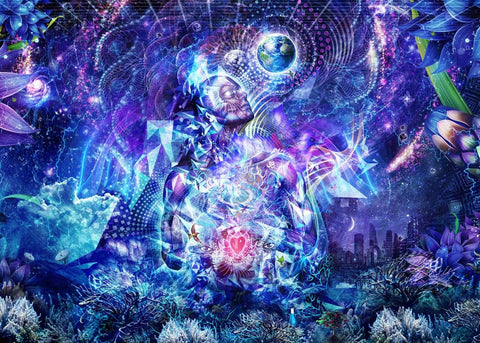
Trippy art continues to evolve and push the boundaries of creativity. Artists like Android Jones and Alex Grey are at the forefront of contemporary trippy art, utilizing technology and digital tools to create immersive and interactive experiences. Their works combine traditional artistic techniques with cutting-edge technology, blurring the lines between the physical and digital realms.
How to Create Your Own Trippy Artwork
Creating your own trippy artwork can be a rewarding and therapeutic experience. Start by experimenting with different mediums and techniques, allowing your imagination to run wild. Embrace the use of vibrant colors, intricate patterns, and distorted perspectives to create a sense of visual stimulation. Don't be afraid to let go of traditional artistic conventions and explore the depths of your subconscious mind.
The Therapeutic Benefits of Trippy Art

Trippy art has been found to have therapeutic benefits for individuals struggling with mental health issues. The immersive and otherworldly nature of trippy artwork can provide a sense of escape and catharsis. Engaging with trippy art can promote mindfulness, reduce anxiety, and enhance creativity. Creating or viewing trippy art can be a form of self-expression and a means of exploring one's own emotions and experiences.
Where to Find and Buy Trippy Artwork
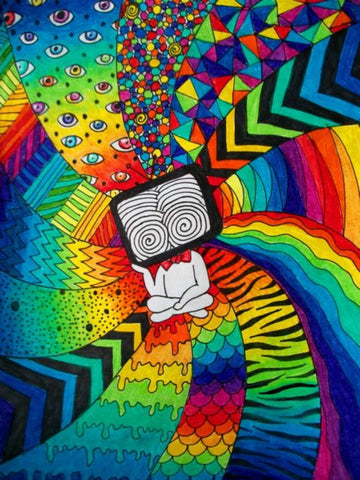
If you're interested in adding trippy artwork to your collection, there are various avenues to explore. Online art marketplaces such as Saatchi Art and Etsy offer a wide range of trippy artwork in different mediums and styles. Local art galleries and exhibitions may also feature trippy art, providing an opportunity to engage with the artists and learn more about their creative processes.
Conclusion: Embracing the Surreal Journey of Trippy Art
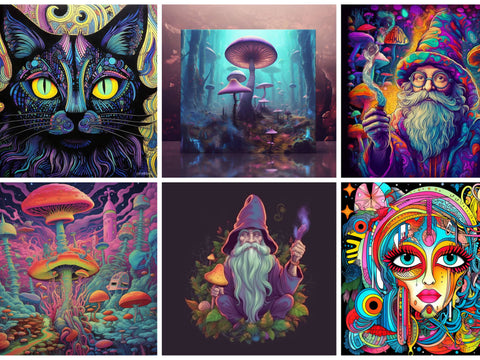
Trippy art takes us on a surreal journey into the depths of our imagination. It challenges our perceptions, expands our minds, and invites us to explore the infinite possibilities of creativity. Whether you appreciate the works of famous trippy artists or create your own trippy artwork, embracing this unique genre can be a transformative experience. So, immerse yourself in the mind-bending universe of trippy art and let your imagination run wild.
Trippy art takes us on a surreal journey into the depths of our imagination. It challenges our perceptions, expands our minds, and invites us to explore the infinite possibilities of creativity. Whether you appreciate the works of famous trippy artists or create your own trippy artwork, embracing this unique genre can be a transformative experience. So, immerse yourself in the mind-bending universe of trippy art and let your imagination run wild.

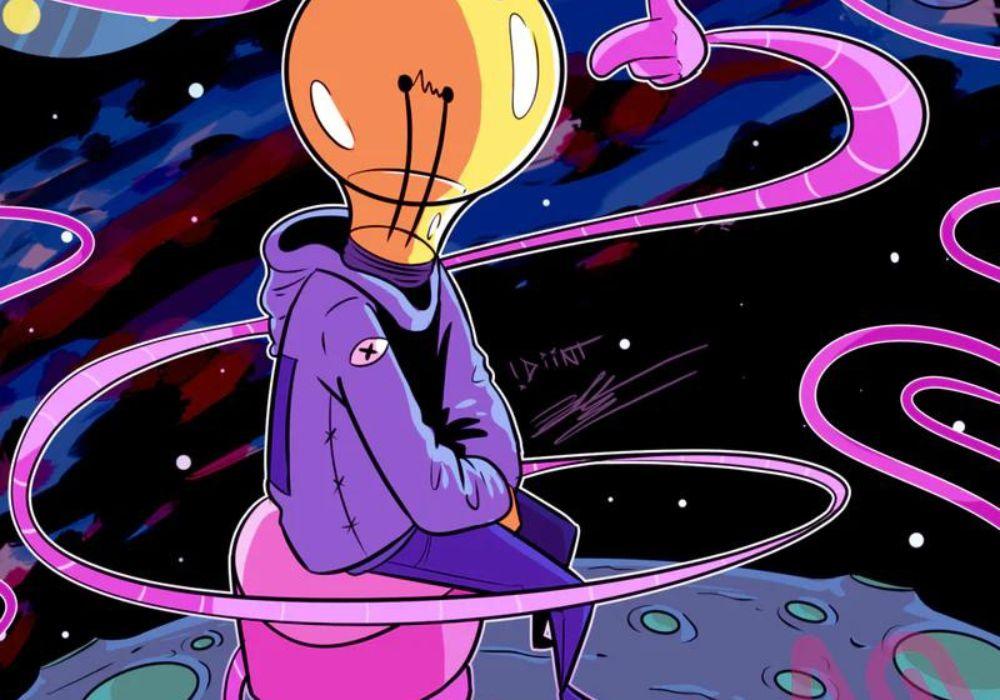
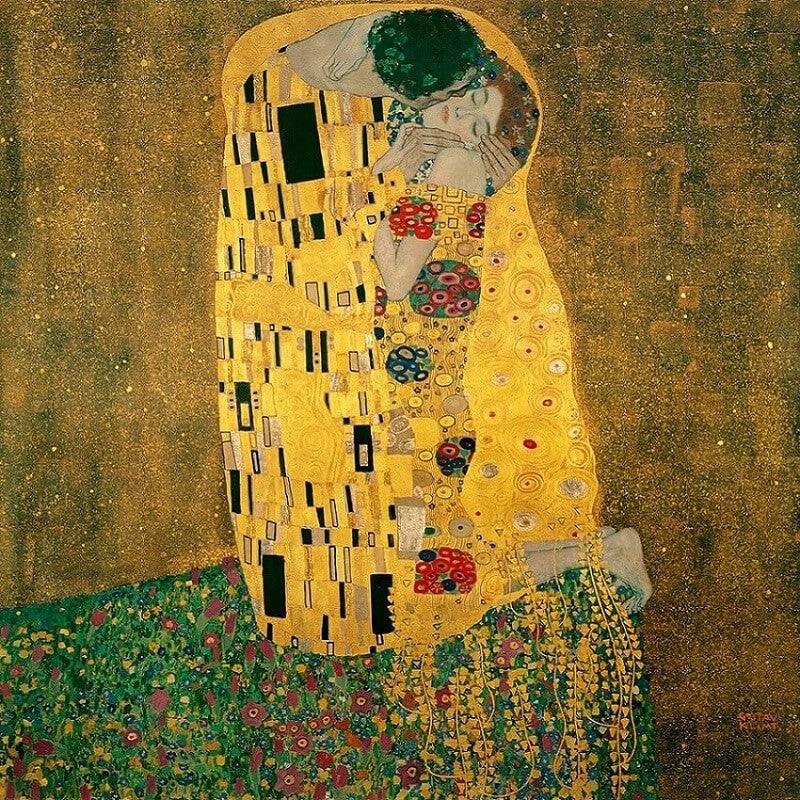
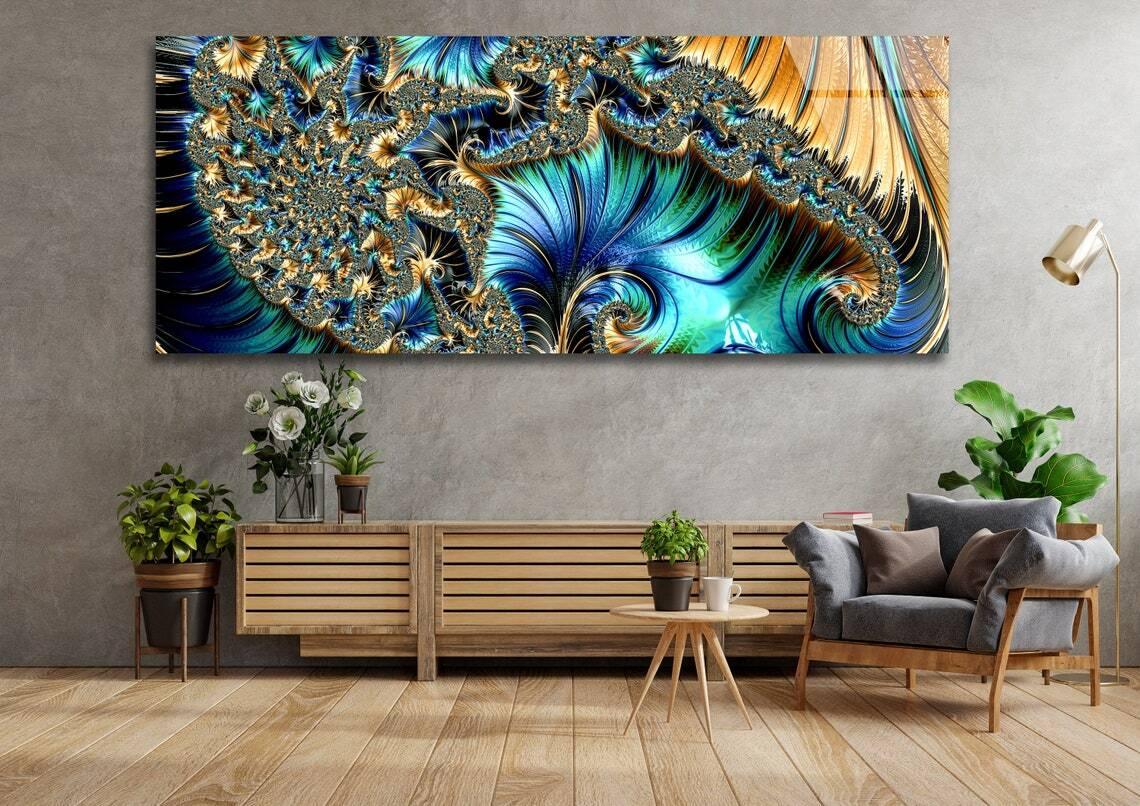



Leave a comment
All comments are moderated before being published.
This site is protected by hCaptcha and the hCaptcha Privacy Policy and Terms of Service apply.